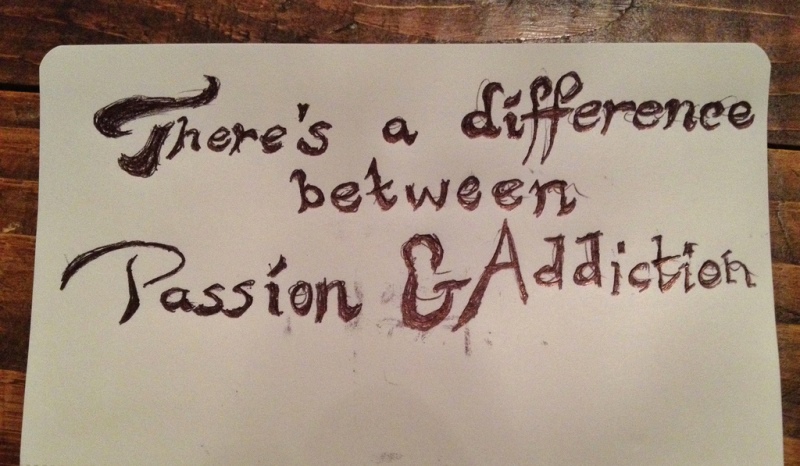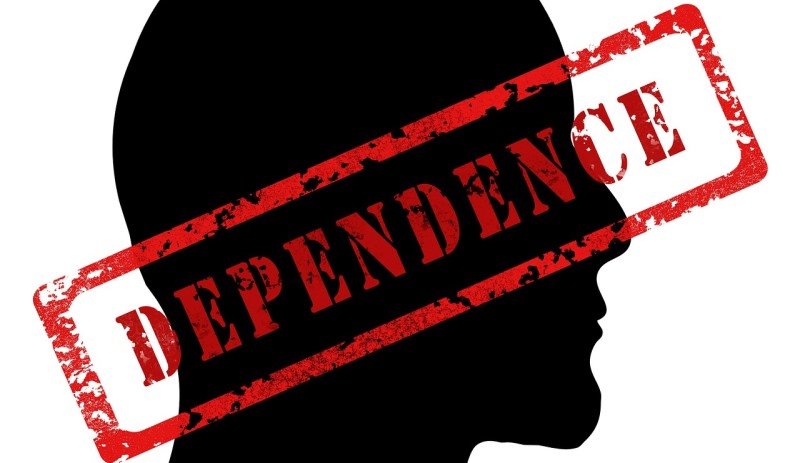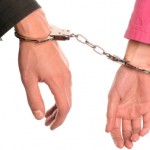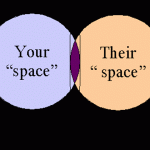Looking back I see my affair as a breakdown, as simply illness. It was a sickness, an emotional plague. It was equally as threatening as an alcohol or drug problem. I can honestly say it was the worst feeling I ever experienced. – Ethel Person in Dreams of Love and Fateful Encounters: The Power of Romantic Passions
Suggested read: How important is it to set boundaries in a relationship?
Whilst there is striking correspondence between the psychological dynamics for addiction/substance dependence and the patterns of use, tolerance, and retraction found in addictive relationships, both are as different as day and night. An addiction-ridden relationship causes irreparable damage to a relationship too but that damage is subject for another discussion and falls into the ambit of a ‘mild-to-severe’ classification and the consequent mode of rehabilitation.
Image source: Google, copyright-free image under Creative Commons License
An addictive relationship, on the other hand, is an ailment characterized by obsession or preoccupation, a loss of control and a continued dependence/staying on despite negative physical and psychological consequences. As with other addictions, the signs of addictive behavior become increasingly evident, save to the parties involved. It is not uncommon to find partners who are surrounded by people who do not understand why they are still together. The partners, however, are blind to the reasons the others can see, as their addiction to each other works much like a drug. It serves as a ‘fix’ for anxiety, despair, negative self-esteem, self-doubt, rage or fear of abandonment/isolation.
The problem, however, is that the fix, much like any drug, doesn’t last long. Its effects wear out after a certain time span and thus escalate the negative emotions. This sets off cycles of euphoria and depression, and engenders a self-destructive pattern of dependence that demands a ‘rigid, fantasized’ version of the other partner. This makes the addict deny reality, search for anything that’d render the ‘heady’ feeling of his ‘dope,’ and tolerate anything for that much-needed rush of emotions. That this pattern of addiction is unhealthy is to state the obvious, yet these unhealthy relationships are particularly characterized by an absence of trust.
Suggested read: Setting boundaries in an abusive relationship – here’s how
The addict seems to be preoccupied with the maintenance of the bond. Their constant fear of their partner having turned unloving from loving sets off their anxiety to be tainted with jealousy, paranoia, and has them engaging in endless texts, calls or other means of communication to lower their anxiety levels. This inability to hold on to a feeling of self-love or love of another ricochets an adverse reaction from their partner. Their constant need and insistent demands for reassurance induce retaliation, rage, and threatened disconnect, often resulting in rejection. This, in turn, incites efforts to repair, repent, and a willingness to tolerate anything to reconnect. Needless to add, this addictive pattern also breeds codependency, as the other partner, on some subconscious or conscious level, needs the control being offered by a willing victim. What is invisible in the dynamic is that the partners are willingly forfeiting their own emotional and physical freedom.
Image source: Pixabay, under Creative Commons License
The worse damage, however, is the damage done unto self. One’s self-worth is increasingly devalued whilst an ‘idealized’ version of the other partner continually gains momentum. This revs up the dependency levels and makes the stakes involved in the equation dangerously high. Sometimes, all sense of self is lost and an addict cannot visualize himself/herself without their partner. Reality is obscured and they are increasingly distanced from friends and families. This alienation creates further increase in dependence levels, despite lesser and lesser fulfillment, and dangerously toxic psychological consequences. It isn’t uncommon to find addicts who are so fearful of losing their ‘fix’ that psychological deterioration escalates into complete devastation accompanied by actual symptomatology of physical withdrawal including sweating, cramps, anxiety, nausea, sleeplessness, eating difficulties, and disorientation.
So, how does one set about setting boundaries in an addictive relationship? How does one draw a line and escape from the clutches of an imminently unhealthy and potently dangerous relationship to the arms of a healthy and happy one?
1. Face denial and end it: Recovery cannot start without complete acceptance of the addiction. Just like it is difficult for an alcohol or drug addict to admit to his addiction, relationship addicts are often blind to their skewed dependency levels. The first step for them is to recognize the addiction by ending the denial. It is only after an acknowledgement of the reality that further steps to recovery can set in.
Image source: Shutterstock
2. Be willing to participate in change: Often, an acknowledgement of the addiction retracts into denial in the face of losing the ‘fixing drug.’ It is only when an acknowledgement of the situation is accompanied by a complete acceptance of the loss and pain that shall inevitably follow, that repair can be brought in. A willingness to participate in change, no matter the stakes, and effect the steps that must be realized to make that healthy change is compulsory in the recovery process.
3. Reclaim your own self: The first two steps must necessarily be followed by a connection with one’s true self by regulating one’s feelings, healing from past wounds, a complete self-acceptance vis-à-vis self-love and self-forgiveness to bolster a positive self-image, improved self-esteem, and a new-found confidence in being comfortable in one’s own skin, irrespective of another’s presence. Remember that true strength lies within.
Suggested read: How do you set boundaries in a codependent relationship?
4. Foster support/seek professional help: Do not be afraid to seek help during this difficult phase. Reconnect with your friends and family, depend on their comforting assurance, give ‘healthy’ connections a chance at sustenance, develop this auxiliary life support system and use it to enable your determination to make or break the ‘fix.’ There is no harm in seeking out professional counsel/therapy for the same too. It will enable you to connect with your own self at levels that you had hithertofore denied yourself access to. Also, it shall help regulate any tendency of excessive dependence on an external support system so as to promote the rejuvenating feeling of being reconnected to the web of life.
Image source: Shutterstock
5. Take care of yourself: Coz that, as I always maintain, comes first.
The healing journey is by no means a definitive one. Prevent yourself from relapsing into your old patterns again. However, that does not mean that you should shut yourself from the possibility of love. The only thing to remember is that if you wish to keep your relationship, you must ensure complete recovery vis-à-vis couples’ therapy and an active effort to cling to the ‘healthy.’ If you wish to break free of the toxic bond that kept you away from yourself, feel free to do so. In either case, remember that the more our attachments are rooted in things we co-create through trust, respect, understanding, empathy, and love, the stronger we stand whilst braving life’s several changes and discontinuity.
Featured image source: Google, copyright-free image under Creative Commons License















